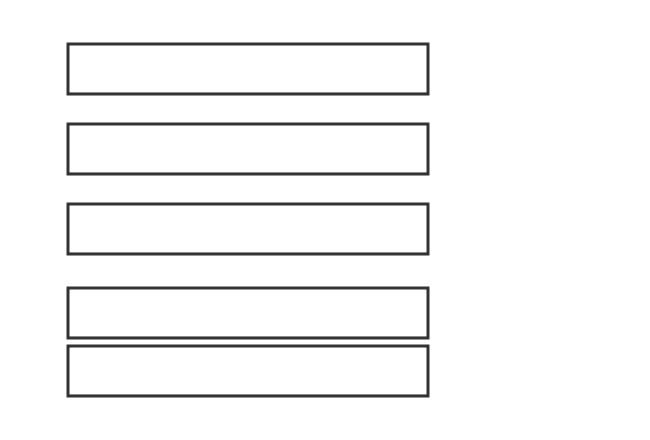The two or more fractions that contain same denominator with different numerators are called the like fractions.
In some cases, if we observe two or more fractions, they may have same denominator and it seems they are similar. So, the fractions are called as the like fractions.
The like fractions are possibly formed if two or more quantities are divided as same number of parts. The division brings the property of similarity in the fractions.
The concept of like fractions can be understood from a geometrical example. Take five rectangles and split each rectangle into six equal parts but take two rectangles as a group.

Thus, three proper fractions $\dfrac{2}{6}$, $\dfrac{3}{6}$ and $\dfrac{5}{6}$, and an improper fraction $\dfrac{10}{6}$ are formed. In this case, the denominator (consequent) is same though they are different fractions. Therefore, the fractions are called as like fractions.
Therefore, the like fractions can be either proper fractions or improper fractions or both.
A free math education service for students to learn every math concept easily, for teachers to teach mathematics understandably and for mathematicians to share their maths researching projects.
Copyright © 2012 - 2023 Math Doubts, All Rights Reserved